How to store garden tools over winter – expert advice for keeping them in top condition
Our expert tips for keeping rust and breakages at bay to ensure your tools stay in great condition come the spring
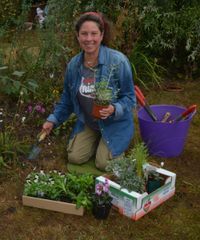
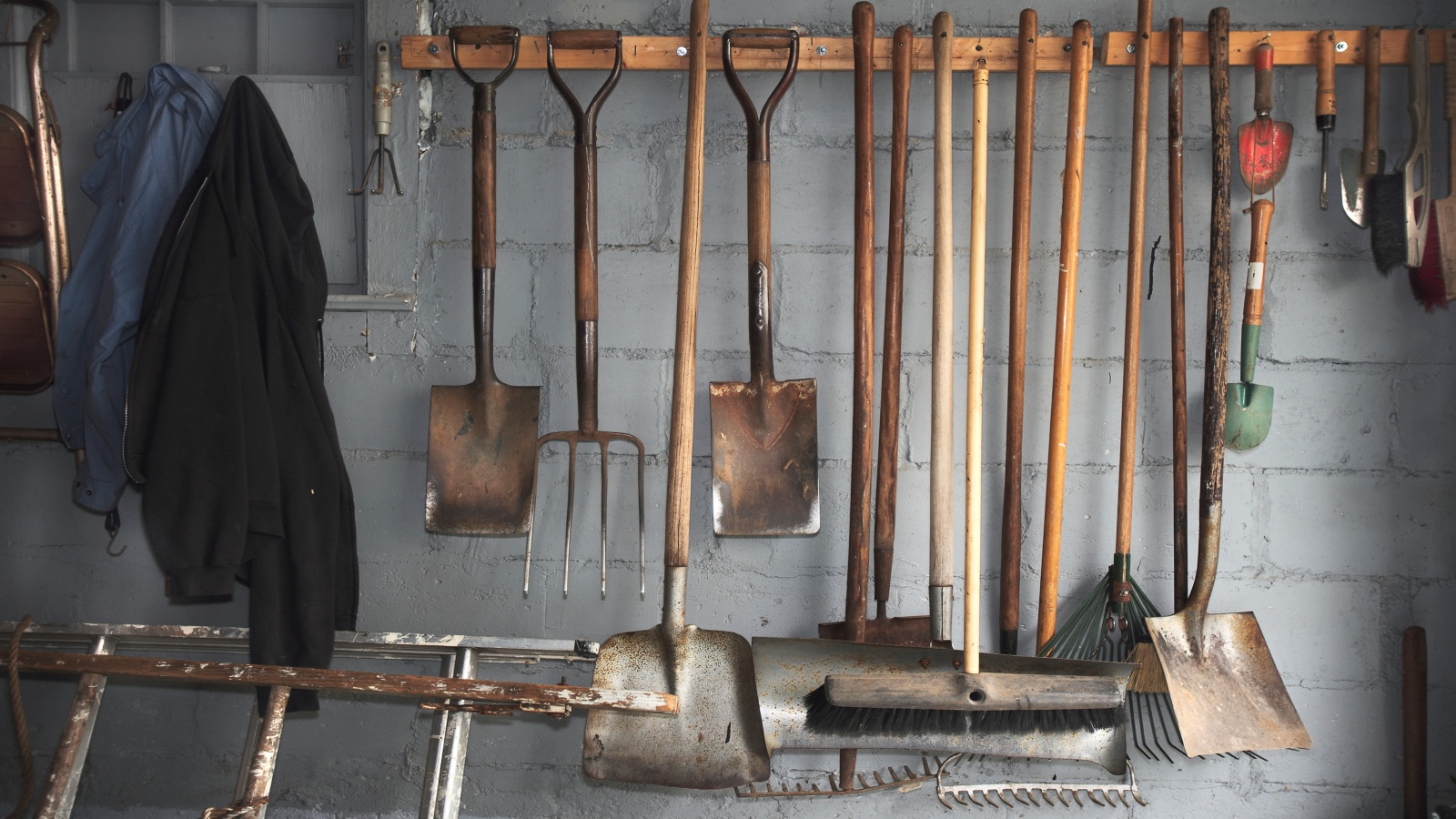
Storing your garden tools in a well-organized shed or designated space is one of the most important jobs to be thinking about while we are putting our yards to bed for the winter.
Good quality tools are expensive, but a sound investment, and if looked after properly they should last a lifetime. They could even be handed down to the next generation.
So, it is vital that after a year's hard work in your yard, you make the time to clean and store them properly so they are ready to be used again next spring.
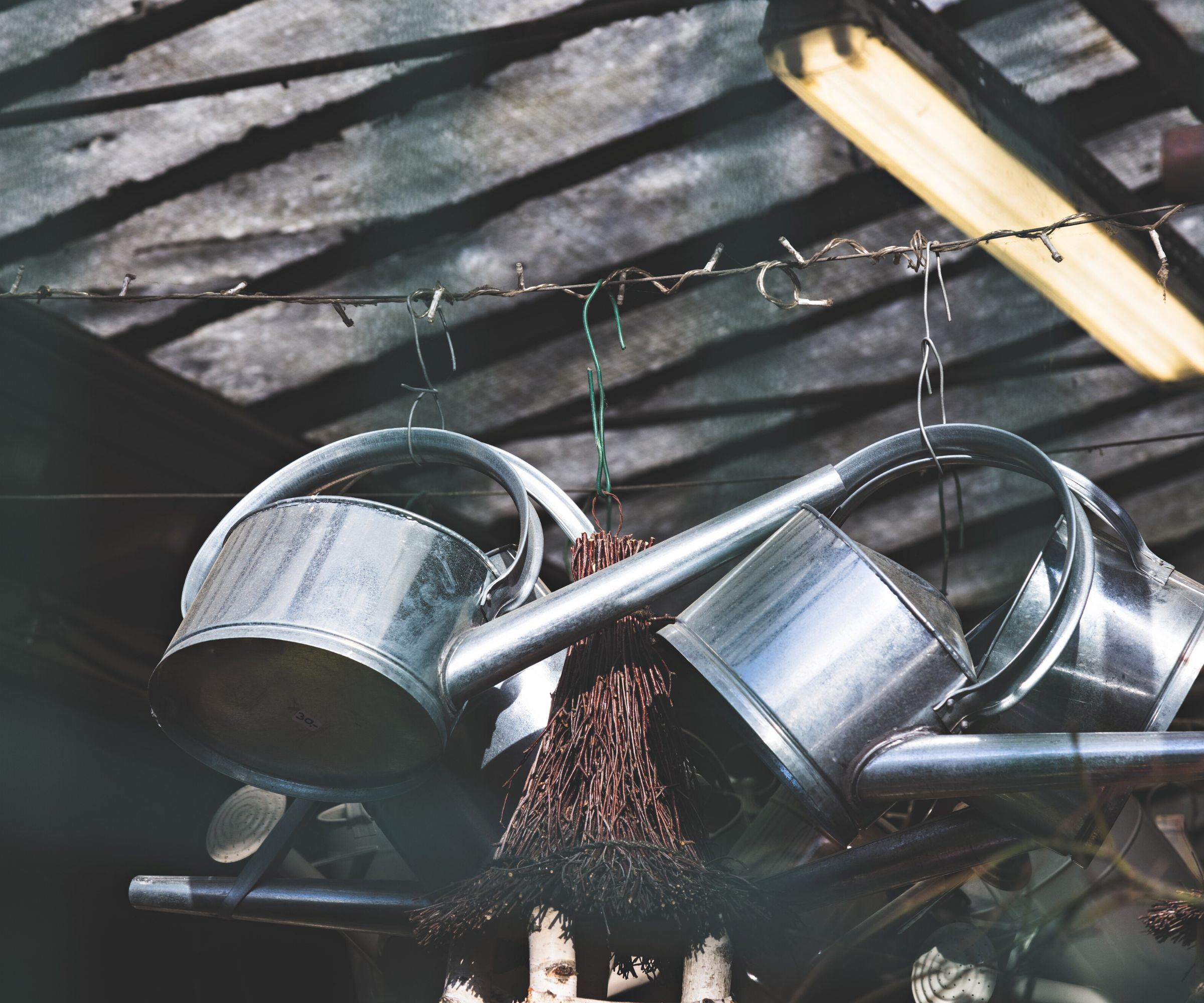
Why good tool storage matters
Whether it is something you only use once or twice a year, or one of the six essential garden tools that everyone should have to hand, it goes without saying that if you look after them, your tools will make gardening tasks much easier.
Cutting and pruning tools need sharpening, de-rusting and oiling; digging tools should have any remaining soil removed before they are hung up; and don’t forget to get your lawn mower serviced after it has done the final mow of the year.
It may feel like one more job to do, but fall tool storage and maintenance is worth doing properly and will save you time and money in the long run.
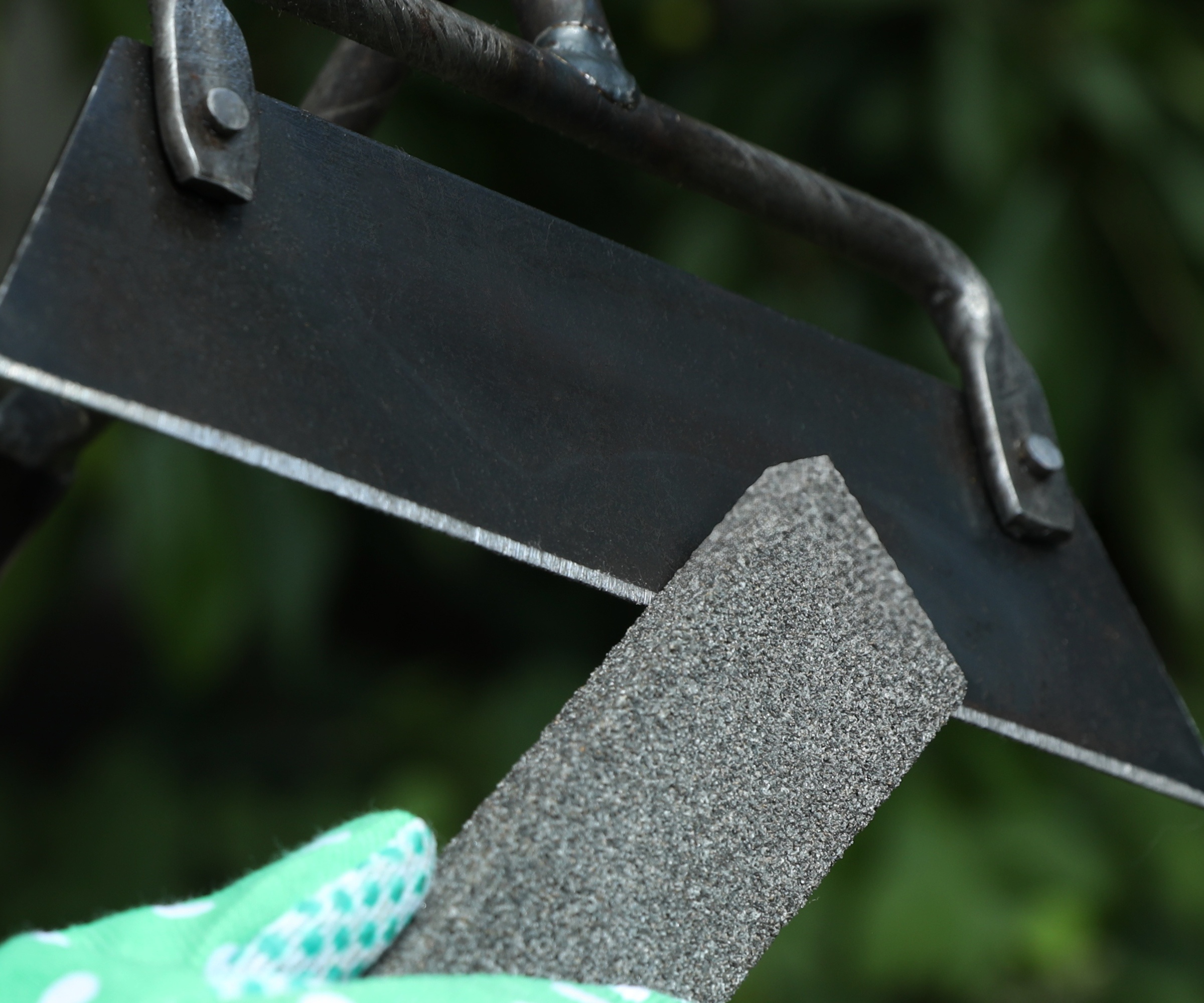
Clean and sharpen your spades and hoes so they are easier to work with
Storing pruning tools
Cleaning and sharpening cutting tools such as saws, pruners, loppers and garden scissors should be done once you have finished the last of your cutting back and pruning in fall.
Design expertise in your inbox – from inspiring decorating ideas and beautiful celebrity homes to practical gardening advice and shopping round-ups.
If there are any rust spots on the blade, gently scour them away with wire wool before oiling.
Carefully run a damp nail brush along the blades of pruning saws to remove any remaining sawdust, then dry the blade and repeat the process with a brush dipped in a little oil to help keep rust at bay.
Folding saws should be left to dry properly before being folded and stored.
The blades of secateurs, scissors and loppers should also be wiped clean to remove sticky sap and debris, then disinfected and oiled.
You may also wish to strip down your secateurs to give them a proper clean and oil their internal mechanisms.
Always sharpen blades before you put tools away, using a simple pocket blade sharpener such as this one from Amazon, so they are ready for use next time.
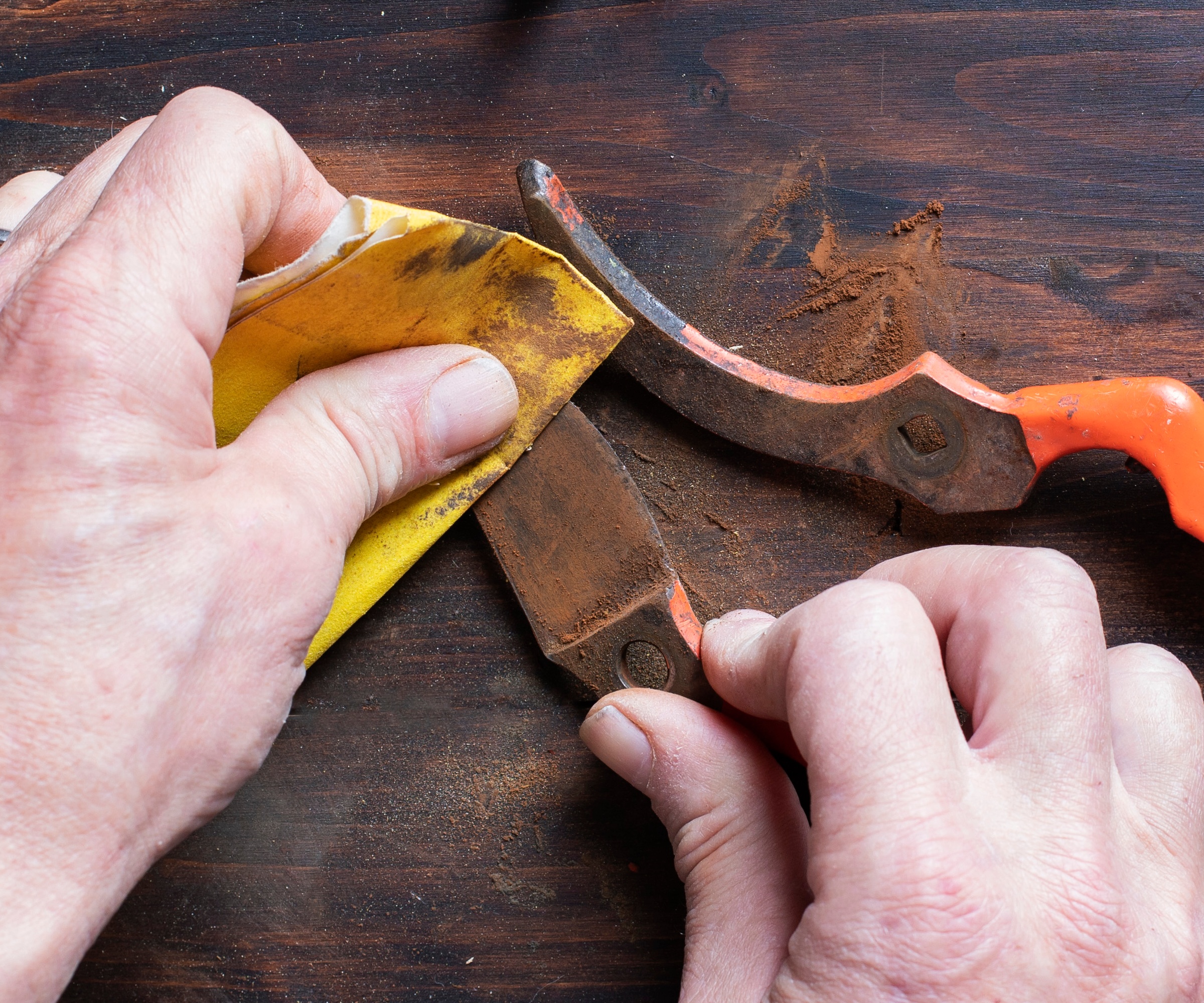
Clean, sharpen and oil your cutting and pruning tools so they are always ready for use
Look after digging tools
Border tools such as spades, forks, trowels and hoes should be thoroughly cleaned with a hand brush and hot water before being hung and stored.
If their handles are wood, sand them down to remove any splinters then wipe them over with linseed oil.
The blades of spades and hoes should also be sharpened, so they cut through soil and weeds with greater ease.
A traditional and effective way of keeping spades rust-free is to fill a bucket with sand and oil, mix it up and raise and lower your cleaned spade blade through it a few times. This gives the tool an extra clean and the light coating of oil helps prevent rusting over winter.

Make sure digging tools have been properly cleaned before you hang them up
Lawn mower maintenance
Winterizing lawn mowers is an important fall job because they are expensive to replace if something goes wrong during the months when they are not in use.
Although it is possible to cut wet grass safely by following a few simple rules, frozen grass can be badly damaged and even killed if it is walked on, so your mower is unlikely to see much action over the coming months unless you live on one of the milder US hardiness zones.
If you have a petrol-powered mower, run the engine dry when doing your final cut. If fuel is left in the tank it can cause plastic and rubber mower components to degrade and can also be a fire hazard.
If your mower is battery powered, remove the power cell and store it somewhere safe and dry.
Remove grass clippings adhering to the underside and, if you feel capable, remove and sharpen the lawn mower blade before oiling it and removing any signs of rust. If you prefer, find a reliable local mower maintenance business to do this important work for you.

Remove old grass and clean and service your lawn mower before winter
FAQs
What is the safest way of storing tools?
The best place for your tools in winter is somewhere off the floor and out of the way, where they can't be accessed by children and pets and where they won’t fall over - or fall on you.
Tool racks such as this highly recommended adjustable one by Juquline on Amazon are easy to attach to a shed or garage wall.
I also use two-pronged hanging hooks like these heavy duty non-slip ones by Kofani on Amazon. They are perfect for smaller spaces and designed to hold items such as spades, forks and lawn edgers.
What disinfectant should I use before storing garden tools?
When cleaning pruning tools you can use any household disinfectant diluted to the manufacturer’s instructions.
Tea tree oil is also widely used as an organic tool disinfectant.
Disinfectant wipes can also be used to clean the surface of tools, but always dispose of them carefully and never flush them down the toilet. Always wear gloves when disinfecting and oiling tools to prevent skin irritation.
How should I store electrical cables over winter?
Cords for mowers, hedge trimmers and other electrical garden tools should be unplugged from the equipment, coiled neatly and hung out of the way somewhere dry.
If you are worried your shed might leak, wrap cables in heavy duty plastic bags and label them clearly.
As well as making it easier to find your tools when needed, storing them lets you complete a quick inventory of what you’ve already got, so you don’t end up wasting money by buying unnecessary duplicates.

Ruth is a Contributing Editor for Homes & Gardens, and formerly Gardening Editor of Amateur Gardening magazine. She is horticulturally trained, with a qualification from the Royal Horticultural Society. Her work for Amateur Gardening, the world's oldest weekly gardening publication, involved matching gardening tasks with each season, covering everything from sowing and planting, to pruning, taking cuttings, dealing with pests and diseases and keeping houseplants healthy. She is an expert in ornamental plants and edible crops, and everything she writes about and photographs is in her own garden, that has been a work in progress since her family moved there in 2012.